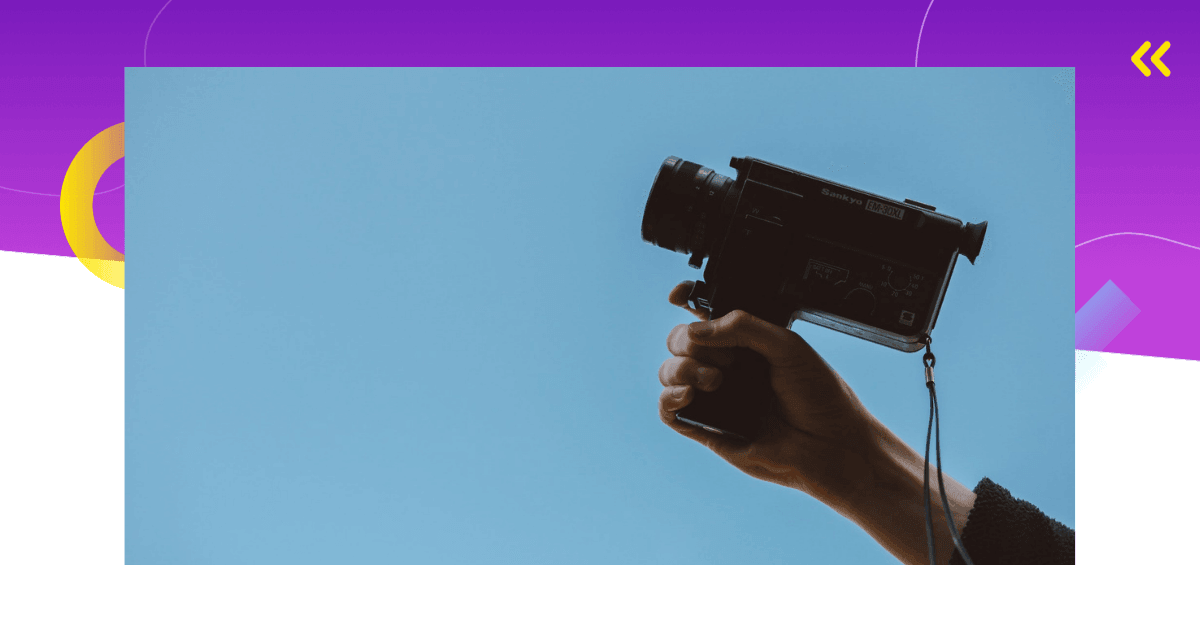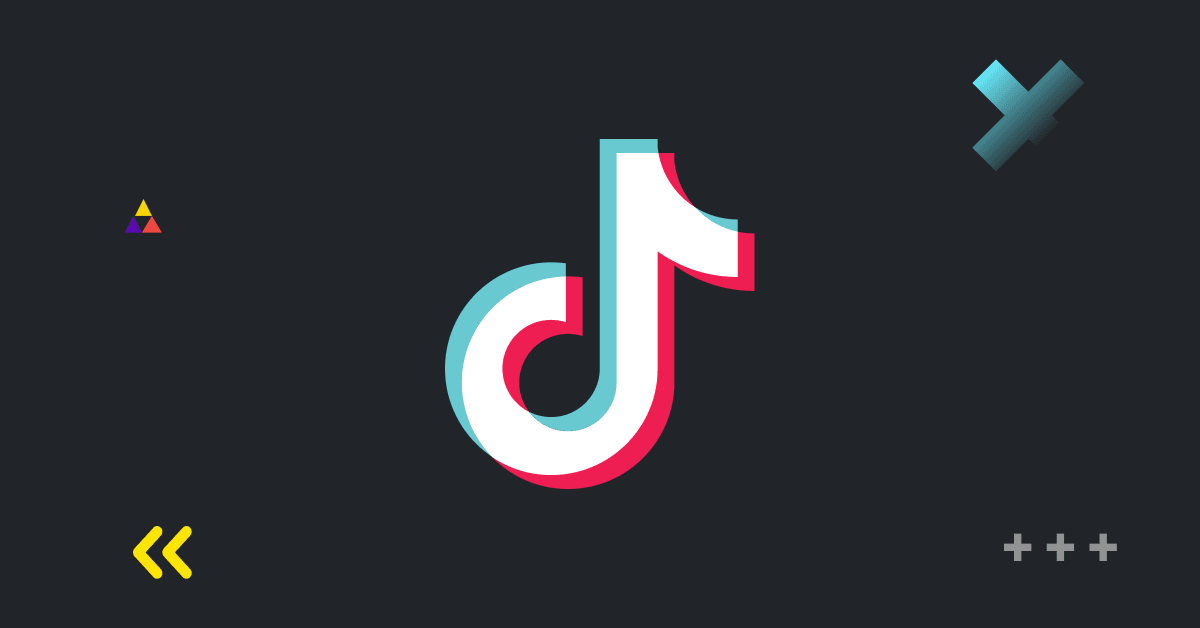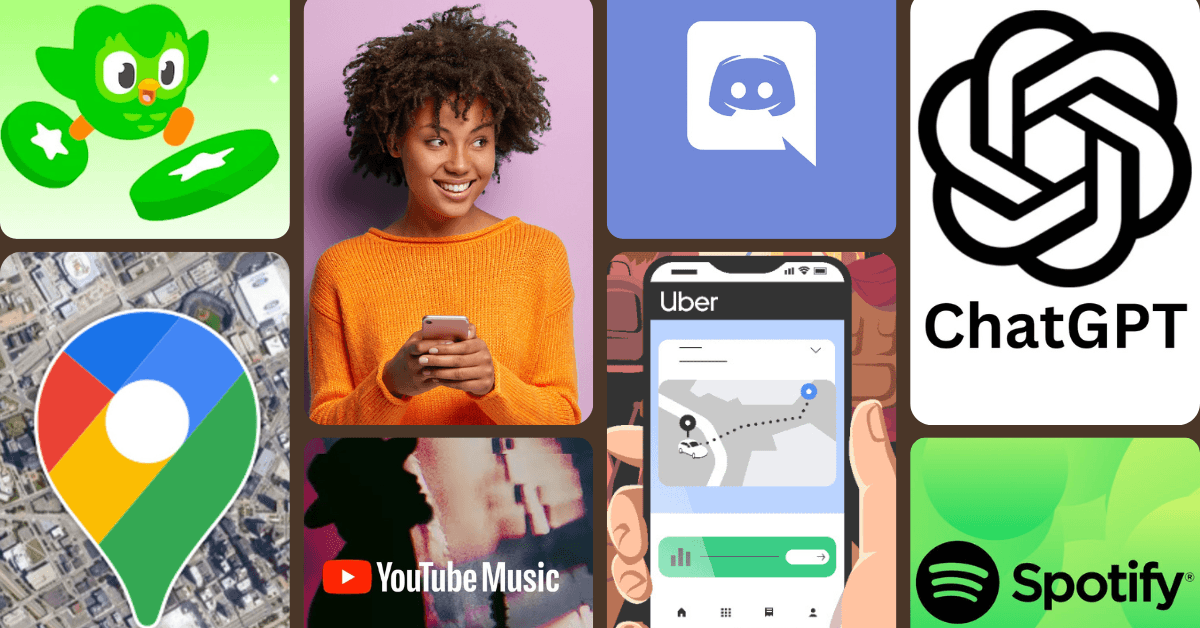The app market isn’t what it used to be.
Customer acquisition costs are higher than ever, organic installs are harder to come by, and most apps struggle to maintain profitability unless they’re generating consistent revenue month after month.
That’s exactly why subscription apps are booming.
Instead of chasing one-time purchases, more app businesses are turning to recurring revenue models that provide steady income, stronger retention, and better predictability. And it’s not just the big names like Duolingo or Calm – even indie teams are building sustainable businesses this way.
So, how do you actually create recurring revenue with a subscription app?
Let’s break it down.
Why Recurring Revenue Matters for Apps
More Predictable Cash Flow
With a subscription model, your revenue doesn’t reset to zero every month. That’s huge.
It gives you consistent cash flow, which makes it easier to forecast revenue, allocate marketing budgets, and grow your team with confidence. Instead of depending on unpredictable spikes from IAPs or ads, you’re building a business with steady monthly or yearly income.
Higher Customer Lifetime Value (LTV)
Recurring billing increases the total value of each user over time.
For example, if a user pays $7/month for a year, that’s $84 in LTV – far more than a $2.99 one-time unlock. According to data from RevenueCat (2024), subscription apps see an average LTV that’s 2x to 5x higher than non-subscription apps.
This also gives you more room to invest in user acquisition while staying profitable.
Improved Retention and Engagement
People are more likely to stick around when they’ve committed financially.
Subscriptions naturally encourage ongoing use, especially when the app offers daily utility, fresh content, or exclusive features. And when users engage regularly, they’re more likely to renew.
Longer retention → more renewals → higher revenue.
Choosing the Right Subscription Model
There’s no one-size-fits-all approach when it comes to subscriptions. The best model depends on your app category, user behavior, and how quickly you can deliver value.
Here are three proven models to consider:
Freemium with Paywall
This is the most common setup.
Users get access to a free version of your app with limited features or content. If they want the full experience, they upgrade.
The key here is to strike the right balance – offer enough value in the free version to get users hooked, but keep the real benefits behind the paywall. Think limited meditations in Calm or basic editing tools in VSCO.
Done right, this model creates a natural upgrade path.
Free Trial with Auto-Renew
Free trials lower the barrier for new users and speed up conversion.
A 7-day or 14-day trial gives users time to explore your premium features without friction. If you’ve built a solid onboarding experience and deliver value quickly, many will stay subscribed when the trial ends.
According to Adapty (2024), apps with trials convert 60–100% better than those without.
Just make sure your trial isn’t just free time – it should be a guided journey toward value.
Paid App with Subscription Upsell
This hybrid model works best for niche tools or utilities.
You charge a one-time fee to download the app, then offer a premium tier with added features or content. This filters out low-intent users while keeping the door open for upsells.
Procreate Dreams, for example, charges upfront but has add-ons and feature unlocks as ongoing revenue streams.
It’s a less common model, but when used strategically, it can work well for specialized apps.
Pricing Your Subscription
Pricing isn’t just about picking a number and hoping for the best.
It’s one of the most important levers in your entire business. Price too low, and you’ll leave money on the table. Price too high without enough perceived value, and users will bounce before subscribing.
Here’s how to get it right.
Understand Your Value Prop First
Before testing anything, get crystal clear on what your app actually offers – and who it’s for.
If your app solves a high-intensity, high-frequency problem (like anxiety, chronic pain, or weight loss), people are more likely to pay a premium. On the other hand, low-urgency use cases (like coloring or journaling) usually need a lower monthly fee.
For example:
- Noom helps users lose weight with structured plans. It charges $60/month or more, but users stick because they see real outcomes.
- Headspace and Calm charge around $12.99/month, but push annual plans heavily because long-term usage is key to their model.
- 1 Second Everyday, a memory-journaling app, charges just $3.99/month, reflecting a lightweight but fun value prop.
If you’re unsure where you stand, ask: Would I pay this monthly to keep using it?
If the answer’s no, your value or your pricing needs work.
Run A/B Tests (and Keep Testing)
You can’t guess your way to the perfect price.
Use tools like RevenueCat, Adapty, or Qonversion to run pricing experiments. Test everything from:
- Monthly vs. yearly plans
- Free vs. paid trials
- Different monthly prices in different regions
Apps like Reflectly and Loona have reportedly run dozens of pricing tests before landing on the version that maximized conversion and revenue per user.
Here’s a common winning combo:
$9.99/month or $59.99/year, with the annual plan framed as “50% off.”
This works well because it encourages longer retention while keeping the monthly option as a frictionless entry point.
Offer Annual Plans (and Make Them a No-Brainer)
Annual subscriptions are powerful.
They give you higher upfront revenue, reduce churn, and signal long-term commitment from users. But to make them work, you need to clearly show the value.
Use pricing psychology like:
- Strikethrough pricing (e.g., $119.88 → $59.99 billed yearly)
“Best value” badges
- Framing: “Get 12 months for the price of 6”
Even big apps do this. Duolingo and Canva Pro both push annual plans immediately during onboarding, and it works. According to RevenueCat (2024), users on annual plans churn 4x less than those on monthly billing.
If you’re only offering monthly right now, you’re leaving revenue on the table.
What Drives Subscription Retention
Acquiring subscribers is just the start.
If you want predictable, compounding revenue, you need to keep users engaged month after month. Otherwise, churn will quietly eat your growth, even if your acquisition is strong.
Here are three retention levers that actually move the needle:
Ongoing Value That Evolves Over Time
People stay subscribed when they feel like they’re constantly getting something new.
That might be new features, fresh content, or deeper personalization. Apps that remain static are easy to cancel. Apps that feel alive are harder to walk away from.
For example:
- Shine (a wellness app) releases new audio meditations every day.
- Fitbod adapts workouts based on your progress and muscle recovery.
- Duolingo unlocks new lessons, challenges, and seasonal content to keep things fresh.
Tip: Build a content calendar or feature roadmap specifically aimed at giving subscribers new value every 30 days.
Push Notifications That Actually Help
Retention isn’t just about what happens in the app. It’s also about bringing users back.
Smart, behavior-based push notifications can remind users of progress, offer encouragement, or tease new features. The goal is to nudge, not nag.
Examples that work:
- “You’re on a 5-day streak. Want to keep it going?” (Duolingo)
- “New sleep story just dropped: Drift off with lavender fields 🌿” (Calm)
- “Muscle groups recovered! Ready to train again?” (Fitbod)
Bad push? Spammy, irrelevant, or too frequent. Good push? Personalized, timely, and value-based.
In-App Personalization That Feels Custom
Retention increases when users feel like the app is designed for them.
Whether it’s adaptive content, progress tracking, or smart defaults, personalization makes users feel understood and invested.
For example:
- Lifesum tailors meal plans to your health goals.
- Endel creates personalized soundscapes based on time of day and user activity.
- Noom adapts coaching based on your logged habits and moods.
The more data you use to shape the experience, the stickier it becomes. And sticky apps don’t get canceled.
Marketing a Subscription App for Growth
Getting people to download your app is just the beginning.
To grow a subscription-based app, you need to attract the right users – the ones who are likely to convert and stick around. That means running smarter paid user acquisition campaigns, optimizing your payback window, and building systems that recover lost subscribers.
Let’s break it down.
Use Paid UA to Scale Fast
If you’ve got a strong subscription product, paid user acquisition can be your growth engine.
Meta (Facebook/Instagram), TikTok, Google App Campaigns, and YouTube are the go-to platforms. But the key is not just volume – it’s targeting quality.
Successful apps often:
- Use value-based lookalikes based on subscribers, not just installers.
- Optimize for in-app events like trial start, subscription start, or day 7 retention.
- Test creative angles that emphasize benefits, outcomes, or transformation.
At Udonis, we’ve helped subscription apps scale by focusing on post-install performance, not just cheap CPI. The goal is simple: acquire users who actually pay and stay.
Focus on ROAS and CAC:LTV
You can’t talk subscriptions without talking payback period.
If you’re paying $15 to acquire a user who brings in $50 over 6 months, great – you’ve got a healthy CAC:LTV ratio. But if your LTV is lower than your CAC, you’re bleeding money.
Best practice:
- Track revenue per user by channel and cohort.
- Monitor trial-to-subscription conversion rate and month 1–3 retention.
- Run ROAS-focused campaigns using tools like Appsflyer, Singular, or Adjust.
Subscriptions give you room to spend more on UA, as long as you’re tracking the right numbers.
Retargeting and Subscription Winbacks
Not everyone subscribes on day one. That’s okay – as long as you follow up.
Set up retargeting flows for:
- Users who started a trial but didn’t convert.
- Users who canceled their subscription.
- Users who dropped off during onboarding.
Tactics that work:
- Push and email drip campaigns (e.g., “Still thinking about Premium?”)
- TikTok or Meta retargeting ads with testimonials or feature highlights
- Time-limited offers to re-subscribe (e.g., “Come back and save 25% for the next 24 hours”)
Winbacks are often your lowest-cost source of revenue, but they’re usually overlooked.
Monetization Tech Stack Essentials
You don’t need to build everything from scratch. The right tools can help you manage subscriptions, analyze behavior, and optimize performance, without wasting time or dev resources.
Here’s what your monetization stack should include:
Subscription Infrastructure: RevenueCat or Adapty
Both platforms help you manage trials, upgrades, downgrades, renewals, and cancellations – all without building a backend yourself.
They also support A/B testing, regional pricing, and paywall experiments, making them ideal for fast iteration.
Analytics: Mixpanel, Amplitude, or PostHog
Understanding how users move through your app is key.
These tools track events, identify drop-offs in your funnel, and help you see which behaviors lead to subscription. That insight is gold for improving onboarding and retention.
Attribution + ROAS Tracking: Appsflyer or Adjust
You need to know which channels actually drive revenue, not just installs.
Attribution platforms help you connect ad spend to real subscription outcomes, so you can double down on what works and cut what doesn’t.
Mistakes to Avoid
Even with a great product and solid UA, it’s easy to lose revenue if you’re not careful. Here are three of the biggest mistakes we see with subscription apps – and how to fix them.
Pricing Too Low
A lot of apps underprice their subscriptions because they’re afraid of scaring users away.
But pricing too low can actually hurt conversion – it makes your product seem less valuable and limits your ability to spend on growth. Worse, it can attract low-intent users who churn quickly.
Instead, price based on the value you deliver. And test it. A $4.99/month plan might convert better and retain longer than $2.99.
Lack of Onboarding
If users don’t understand what your app does – and how it helps them – they won’t subscribe.
A good onboarding flow should highlight your most valuable features, show quick wins, and guide users toward your paywall at the right moment.
Think about how apps like Noom or Headspace build onboarding around immediate value. That’s what converts.
Ignoring Churn Metrics
Churn is where most subscription apps lose money, and it’s not just about unhappy users.
Involuntary churn (failed payments) can account for up to 20% of cancellations (RevenueCat, 2024). If you’re not tracking this or using dunning tools to recover failed payments, you’re leaving money on the table.
Also monitor:
- Trial-to-subscription conversion rate
- Monthly renewal rate
- Retention at key milestones (day 7, 30, 90)
Fixing churn often does more for your bottom line than getting new installs.
Final Thoughts
Subscriptions aren’t just a monetization feature – they’re a business model.
They give your app a foundation of predictable revenue, better user retention, and stronger long-term growth. But to make it work, you need more than a paywall. You need the right model, pricing, onboarding, retention strategy, and marketing funnel – all working together.
It’s not about tricking users into subscribing. It’s about showing them value early and delivering on that value consistently.
Whether you’re just starting out or looking to scale, getting these fundamentals right can turn your app from a side project into a sustainable business.
And if you need help acquiring subscribers that actually convert and stay – that’s exactly what we do at Udonis.







Comments